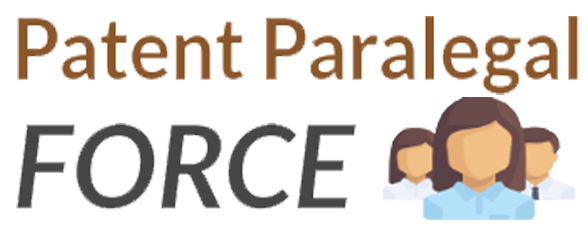A comprehensive patent document review is a crucial step in the patent application process. It involves thoroughly examining and evaluating the content of your patent application to ensure its accuracy, completeness, and compliance with legal requirements. Conducting a diligent review helps identify any potential issues, inconsistencies, or weaknesses that could impact the strength and effectiveness of your patent. In this article, we will delve into the importance of a comprehensive patent document review and outline the key aspects to consider during this critical step.
Why Conduct a Comprehensive Patent Document Review?
- Accuracy and Completeness: A review ensures the accuracy and completeness of your patent application. It helps identify and rectify any errors, inconsistencies, or omissions in the description, claims, drawings, or other components of the application.
- Legal Compliance: Patent laws and regulations are complex and vary across jurisdictions. A thorough review ensures your application complies with the specific requirements and formalities set forth by the relevant patent office.
- Enhanced Patent Protection: A well-reviewed patent application is more likely to receive robust patent protection. By addressing potential weaknesses or limitations during the review process, you can strengthen the scope and enforceability of your patent rights.
- Efficient Prosecution: A comprehensive review minimizes the risk of rejections or objections from the patent office. By proactively addressing issues before submission, you can streamline the prosecution process and avoid unnecessary delays or additional expenses.
- Competitive Advantage: A meticulous review allows you to assess the competitive landscape and ensure your invention stands out from existing prior art. By refining your patent application, you increase the likelihood of obtaining a strong patent that offers a competitive edge in the marketplace.
Key Aspects to Consider During a Comprehensive Patent Document Review
- Technical Accuracy: Verify the technical accuracy of the description and claims, ensuring that the invention is clearly and precisely defined. Review the disclosure to confirm that it adequately supports the claimed invention.
- Claim Scope and Dependency: Evaluate the claim scope to ensure it is appropriately broad while maintaining clarity and support in the description. Review claim dependencies to ensure proper referencing and hierarchy.
- Prior Art Considerations: Conduct a thorough prior art search to identify relevant references and assess their impact on the novelty and non-obviousness of your invention. Determine if any amendments or additional arguments are necessary to address the prior art.
- Formal Requirements: Check for compliance with formal requirements such as formatting, font sizes, margins, and numbering. Verify that the application includes all necessary sections, such as an abstract, background, summary, and detailed description.
- Drawings and Figures: Examine the drawings and figures to ensure they accurately depict the invention and support the written description. Confirm that the numbering, labeling, and referencing are consistent and clear.
- Consistency and Coherence: Review the entire patent application for consistency and coherence in terminology, style, and content. Ensure that the description, claims, and drawings align and complement each other.
- Legal and Administrative Considerations: Familiarize yourself with the specific patent laws, rules, and procedures applicable to your jurisdiction. Verify that the application meets the filing requirements, including formalities, fees, and deadlines.
Conclusion: Strengthening Your Patent Application through Review
A comprehensive patent document review is a critical step in maximizing the value and effectiveness of your patent application. By conducting a thorough review,
you can identify and address any potential issues, errors, or weaknesses, ensuring that your application is accurate, complete, and in compliance with legal requirements. This not only enhances the chances of obtaining robust patent protection but also streamlines the prosecution process and gives you a competitive advantage in the marketplace.
During the comprehensive patent document review, it is essential to consider key aspects such as technical accuracy, claim scope and dependency, prior art considerations, formal requirements, drawings and figures, consistency and coherence, as well as legal and administrative considerations.
